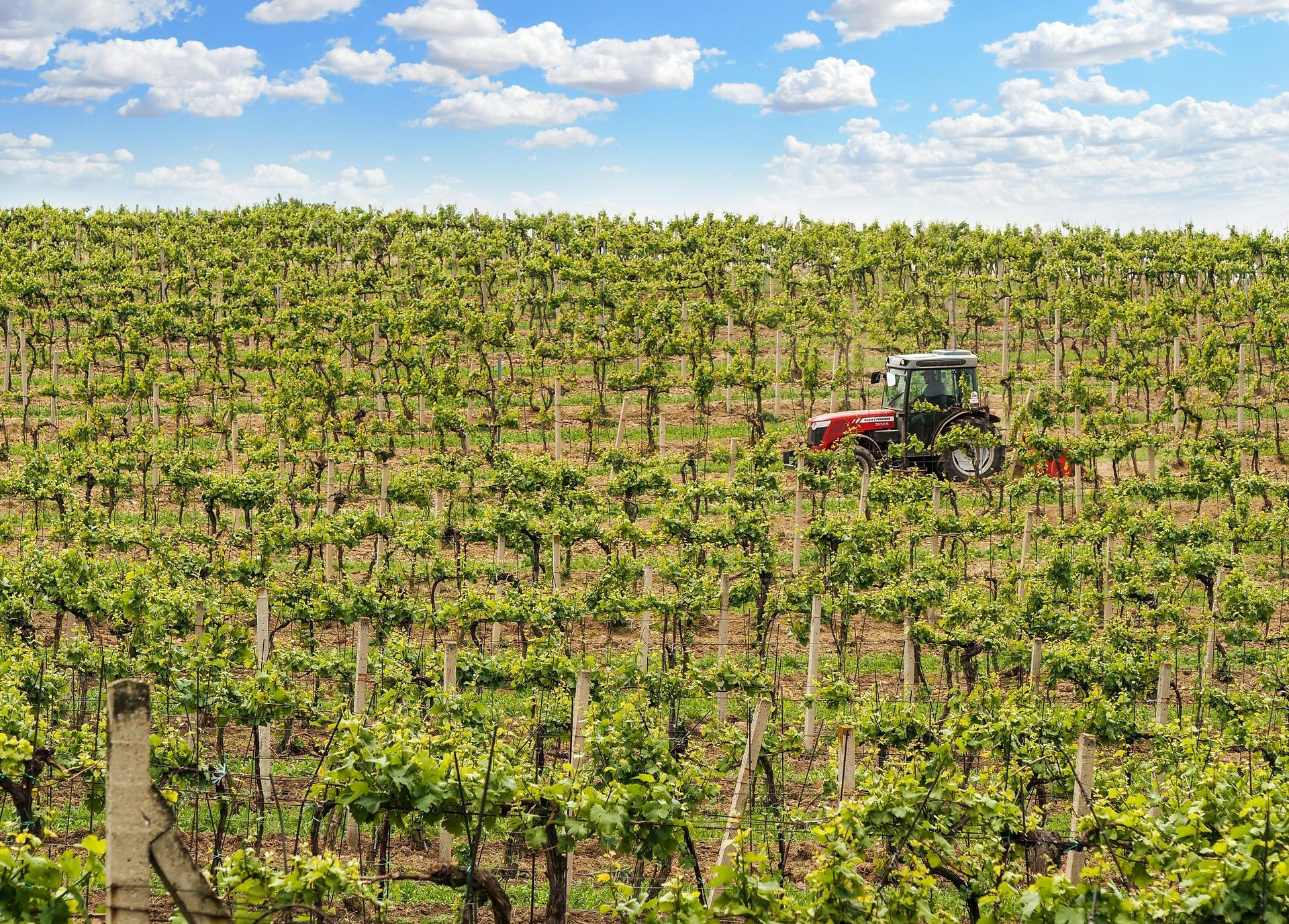The new EU design rules are coming
The EU has adopted new rules for designs.

According to Article 3 of Regulation 6/2002, designs are delineated as the visual manifestation of an industrial or artisanal product, or a component thereof, distinguished by its lines, contours, colors, shapes, and textures. Presently, design protection can be granted if the design is deemed both novel and possessing individual character.
Under the umbrella of a “design package”, the European Commission introduced two key proposals in November 2022. These proposals mark a pivotal stride toward coherent regulations tailored to the demands of the contemporary digital landscape, aiming for increased efficiency for applicants. The first proposal involves amending the Community Design Regulation, while the second proposes a recast of the Design Directive.
In a recent vote on 12 March 2024, the European Parliament endorsed updated EU design protection rules, positioned to accommodate technological advancements and foster a sustainable economy. The approval of these updated rules, which occurred on December 5, 2023, signifies the Parliament's commitment to preparing EU design regulations for the digital age, as agreed upon with the Council.
Design protection in the digital age
In response to the emergence of novel technologies like 3D printing and artificial intelligence, EU design protection will extend beyond physical objects to encompass visualizations such as graphic representations and spatial arrangements, including animations, maps, and fonts.
While various digital works, including graphical user interfaces, logos, and animated designs, are already eligible for protection under the existing EU design system, the proposed changes seek to clarify the comprehensive scope of the design regime and its relevance in today's digital economy.
Furthermore, the amendments specify that the spatial arrangement of items can be protected, potentially encompassing layouts within establishments, such as shops. The Court of Justice of the European Union (the “CJEU”) has ruled that the representation of the layout of a retail store may, under certain conditions, be registered as a trademark (judgment of 10 July 2014, Case C‑421/13).
However, to safeguard against misuse, this protection excludes designs that replicate aspects of cultural heritage, such as artifacts or natural and cultural monuments.
The growing utilization and advancement of 3D printing underscore the importance of enhancing design rights protection. The Directive expressly clarifies the definition of illicit copying, which now encompasses activities such as creating, downloading, copying, sharing, or distributing any medium or software recording the design and model. This includes facilitating the production of a product incorporating or applying the design or model.
Consequently, once the provisions of the EU design reform package are integrated into the national laws of EU member states, the broader use of software and other mediums for registering designs and models, as well as the commercial reproduction of products via 3D printing, will be prohibited across the EU.
More freedom on the spare parts market
Furthermore, while the primary purpose of design protection is to confer exclusive rights to a product's appearance, the new regulations ensure that this exclusivity does not extend to components of complex products. This provision enables consumers to freely select between competing products for repair purposes and promotes competition in the single market for spare parts. However, manufacturers of components can still provide clear information regarding the commercial origin and identity, empowering consumers to make informed decisions about their preferred spare parts.
Consequently, reproducing protected features of a design for repairing a complex product to restore its original appearance does not constitute an infringement of a Community design. For instance, replacing a damaged car body panel would not infringe on Community design protection, as long as specific conditions are fulfilled.
To facilitate the transition to a sustainable spare parts market, EU countries that continue to protect spare parts designs must withdraw such protection within an accelerated transitional period of eight years, as opposed to ten.
Next step
Both the regulation and directive will come into force on the twentieth day following their publication in the Official Journal. The regulation will become applicable after four months, and member states will have 36 months to transpose the directive into their national systems.














